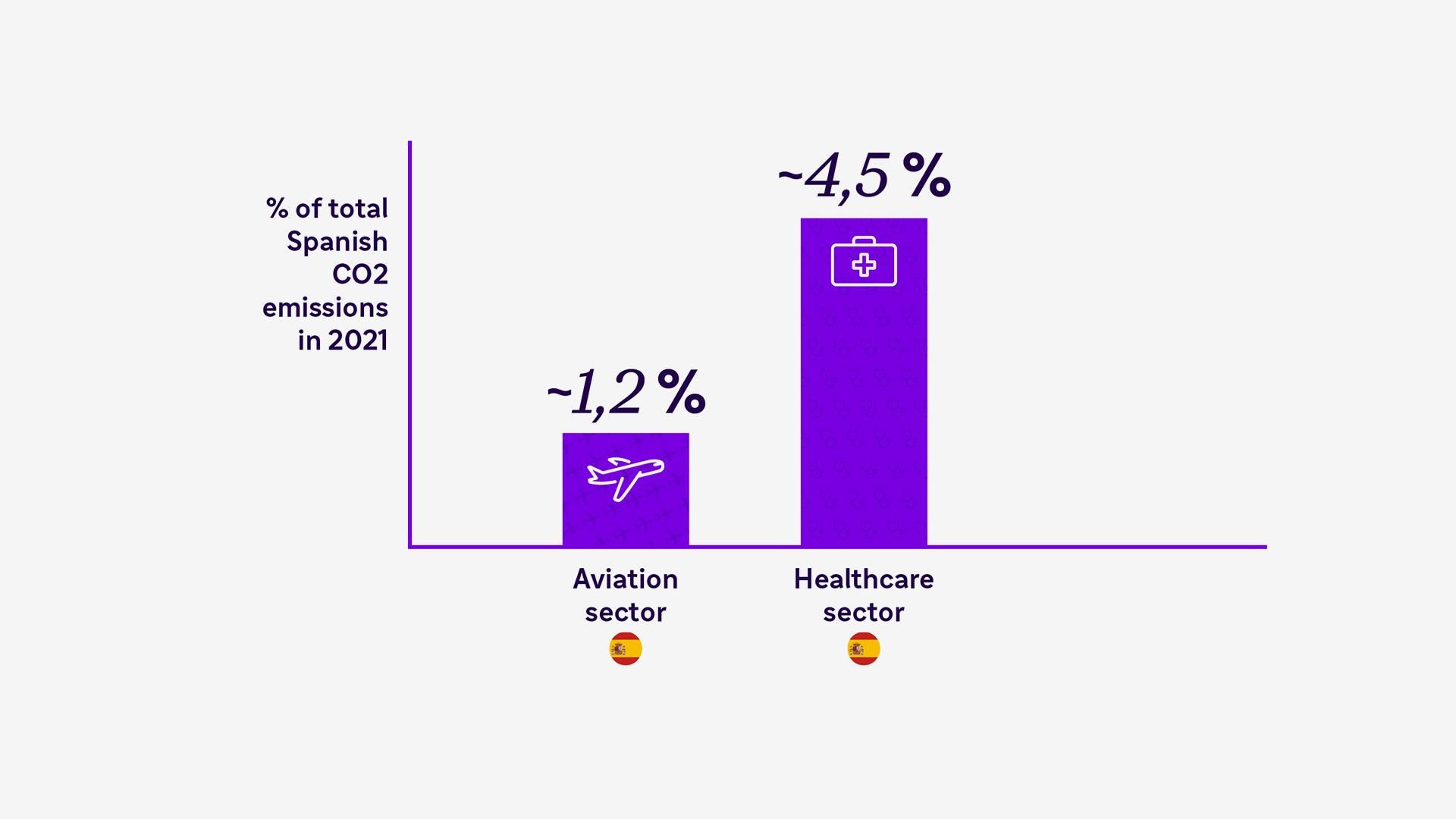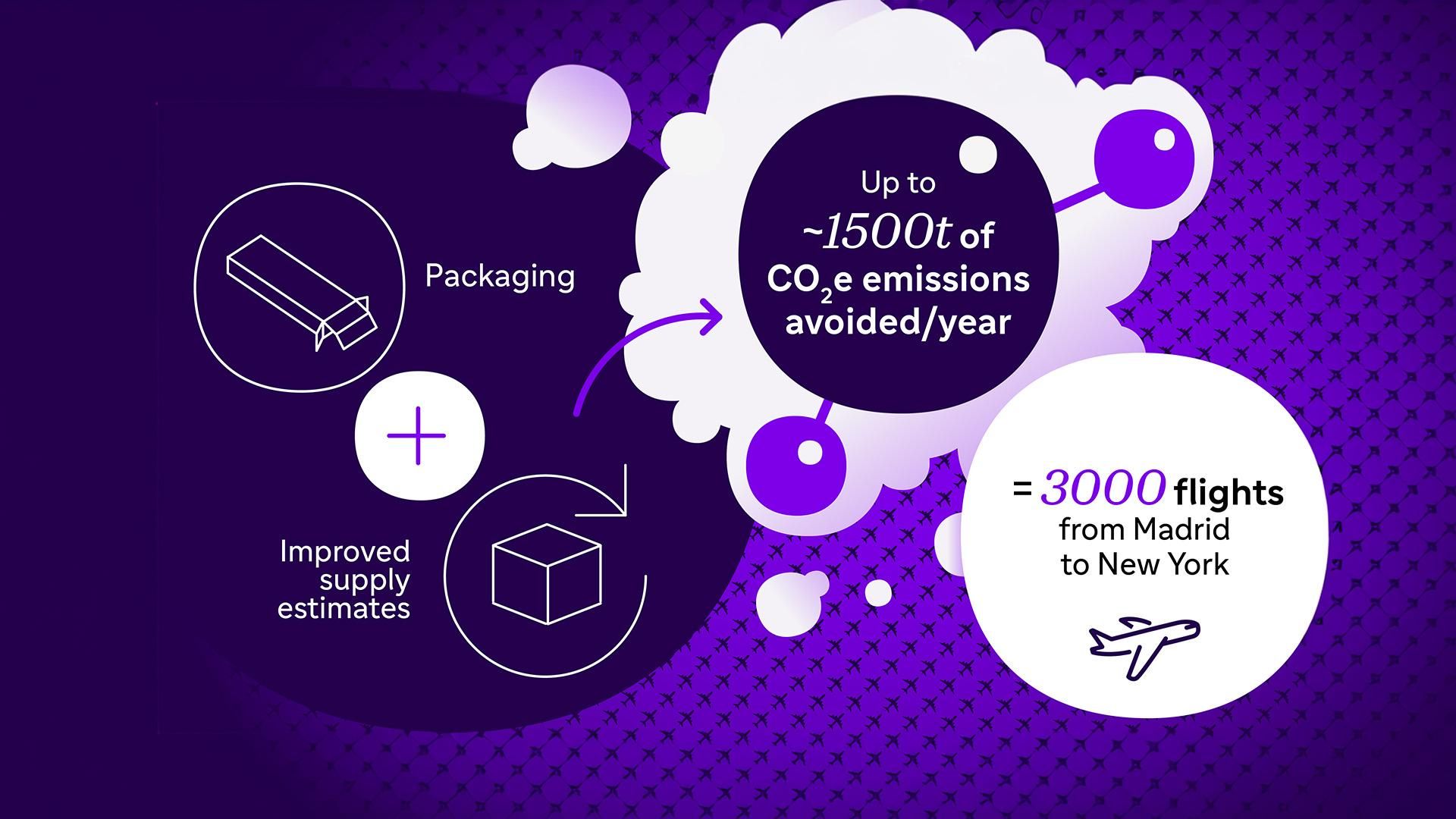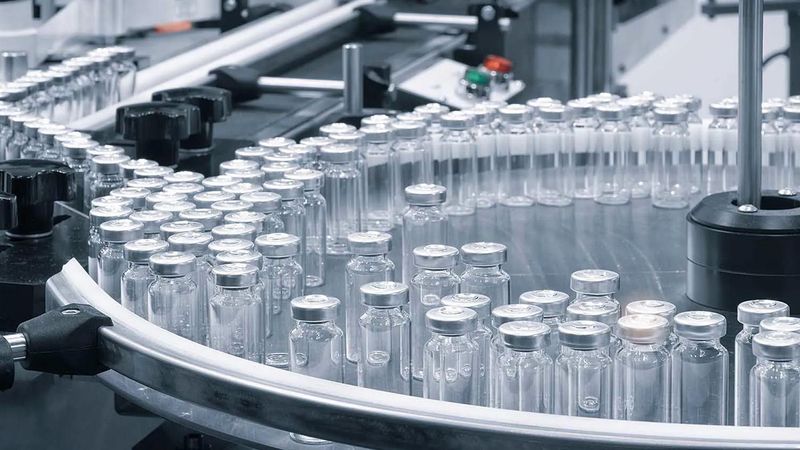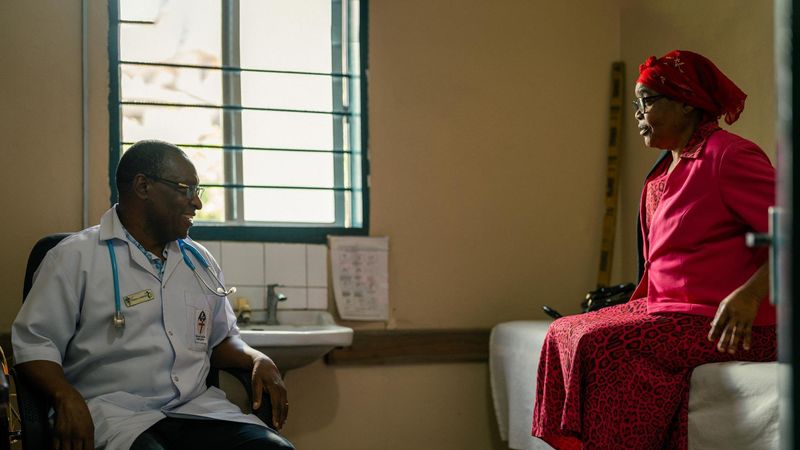Changes to Vaccines Could Make a Difference to Reducing Greenhouse Gas Emissions

It’s one of the key questions for the modern health care industry: can we continue to improve health while reducing our environmental impacts? Sanofi’s team in Spain has been working hard on this question, in partnership with leaders in the health care system, and in line with Sanofi’s global social impact strategy. And the answer is a resounding YES. Here’s how.
In developed countries, the healthcare sector contributes significantly to global greenhouse gas emissions. In Spain, the sector causes an estimated 4.5% of emissions. That may not sound like a big share at first, but think of it in comparison with the aviation sector which contributes just 1.2% of emissions.1

It’s definitely something that we must all reduce, together, across the healthcare system

Ignacio Saez-Torres
Vaccines General Manager, Iberia for Sanofi
Spain’s national and regional governments have clearly endorsed European targets for emissions reductions in their health care activities. The goal is carbon neutrality by 2050 and fully recyclable materials by 2030.1
Now think about vaccines, products that are produced at massive scale for national populations. "Even here,” Ignacio says, “there are changes that can be made in vaccine production and distribution to contribute to national and European goals. We’ve identified several areas for improvement including better supply management, and reduced packaging, plastic, and needles.”
The team in Spain joined forces with other healthcare system leaders including the National Association of Nursing and Vaccines (ANENVAC), and the National Procurement Observatory to put the ideas into action. Over the last year, they identified concrete changes that national and regional governments can make in their procurement criteria for vaccines to prioritize products that not only protect health and well-being, but also improve their environmental impact. Together with ANENVAC and the Observatory, Sanofi has developed a detailed report that lays out these potential changes and their benefits.
They found that better estimation and timing of vaccine orders between the government and a manufacturer like Sanofi could lead to 800,000 fewer vaccines wasted each year.1 And transitioning to streamlined vaccine packaging could further reduce waste and the space needed in transportation and refrigeration used in the vaccine supply chain. Taken together, when applied just to Sanofi’s vaccines alone, improving how we work in just these two areas could reduce carbon emissions by nearly 1500 tons each year!2 That’s the equivalent of nearly 3000 flights from Madrid to New York, every year.1

With the launch of this report, the partners are leading conversations with all stakeholders across the health care system to prioritize sustainability as an added value criteria in the public procurement model for vaccines in Spain. And in parallel, as a global healthcare company, through its social impact program, Sanofi has taken steps to reduce its greenhouse gas emissions and waste, including developing optimized packaging for its products with the global goal of reducing space needed for transportation by 50% by the year 2030.1
Ignacio puts the effort in perspective, “Imagine if Spain’s entire health care procurement practices not only included environmental factors like this, but in fact prioritized them? Moving from public procurement to a ‘green public procurement’ mindset would really mean progress across both health and environmental objectives for our societies.”
Discover more

Public procurement as a driver for sustainability in vaccination campaigns in Spain
References
- “Public procurement as a driver for sustainability in vaccination campaigns in Spain.” Report by Sanofi, The Spanish National Association of Nursing and Vaccines (ANENVAC), and the Spanish National Procurement Observatory. Accessed March 2024.
La-contratacion-publica.pdf -
Reductions in CO2e emissions in Spain attributed to enhanced vaccine packaging and more accurate supply projections. C02-emission-reduction-calculation.pdf

